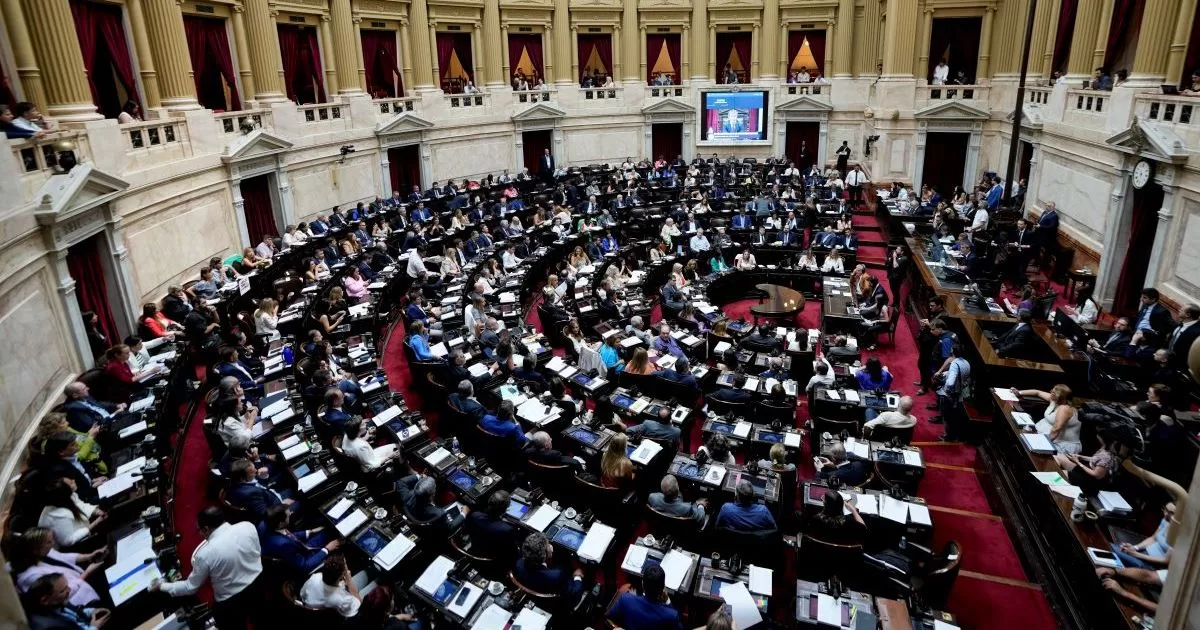Every vote counts. In the Charlottenburg-Wilmersdorf 06 constituency there were exactly 20. If only 20 fewer Green voters had gone to the foyer of the Berlin University of the Arts that Sunday in September 2021, then it would not be Alexander Kaas Elias (Greens) in the House of Representatives, but his opponent Franziska Becker (SPD). A plus of 0.078 percent helped him win. Closer than anywhere else in Berlin.
In numerous constituencies in 2021, candidates won with only a few votes in the direct mandates. Because with the first votes, victory is decisive. And not all of them are on their party’s lists, through which they could be elected to the House of Representatives with the second vote. Because it was so close in many places, the repeat election could change the political landscape of Berlin.
We did the math. Who manages to get into the House of Representatives again? Where is it particularly scarce? Explore it in the interactive graphic.
All direct mandate winners at a glance
It should also be exciting on Sunday in Pankow 03 – the constituency of the top candidate of the left, Klaus Lederer. In 2021 he lost to Oda Hassepass from the Greens by 24 votes (0.092 percent). In Reinickendorf 02, the SPD won the constituency by just 0.032 percentage points over the CDU.
In Marzahn-Hellersdorf in constituency 01 there were just 363 votes between first, second and third place. 31,417 eligible voters live in the entire constituency, 18,762 of whom went to the polls. Gunnar Lindemann (AfD) won the constituency by a margin of 70 votes over Gordon Lemm (SPD). Björn Tielebein (left) followed the SPD, only 223 votes behind. That corresponds to a gap of 0.39 and 1.64 percentage points between the SPD and the left and the AfD.
If you look at the second votes in the same constituency, the SPD and AfD are only 78 votes apart – although the SPD is in the lead here. Whoever wins the constituency with second votes does not receive a direct mandate. Whoever wins or loses only has an indirect impact on the composition of the House of Representatives. But they show the political mood of a constituency. Explore here where it was particularly tight.
All second vote winners at a glance
If you add up the results of the constituencies, you can see in which districts the political landscape could change if re-elected. If only 89 fewer people had voted for the SPD in September 2021, the left would be the strongest party in the Lichtenberg district. 0.14 percentage points less for the SPD and the district of Charlottenburg-Wilmersdorf would not be green but red.
With 0.6 percentage points less for the SPD, on the other hand, Tempelhof-Schoeneberg would not be red, but green. In Spandau, Marzahn-Hellersdorf and Steglitz-Zehlendorf, the CDU was ahead of the SPD, but only by a razor-thin lead of 0.86, 1.18 and 2.71 percentage points, respectively.
What does that mean for the repeat election? The head of the survey institute Forsa said on Monday, February 6th, that the current surveys are only partially meaningful. However, if it happens as predicted, some districts would get a new strongest force.
Not only for the second votes, but especially for the first votes, the tight results could change a lot. In 2021, the Greens were able to secure direct mandates, especially in the constituencies within the S-Bahn ring. The SPD was convincing in the peripheral constituencies.
Where the candidates have to worry about their direct mandates
Of 25 constituencies in which the SPD won, the CDU followed in 13 in second place. If you speculatively convert current poll values to the first vote results of 2021, the SPD could lose 14 constituencies to the CDU. The Greens could also lose four tight constituencies to the CDU. But that’s not a realistic prognosis.
Because poll results cannot be transferred one-to-one to the constituencies. Especially with first votes, not only the party, but also the local candidates play a much stronger role than with the second votes.
Voter turnout could decide everything
And there is another big unknown: voter turnout. This was very high because of the parallel federal elections in 2021, at 75.4 percent. Election researchers assume that significantly fewer people vote in repeat elections. And that has consequences.
Because it is unlikely that the willingness to vote will be distributed among all parties at the same time. So which party is particularly good at getting its supporters back to the ballot box despite the botched last election?
So Alexander Kaas Elias has to tremble in Charlottenburg-Wilmersdorf with his 20-vote lead. According to recent polls, the Greens are losing votes. But they also hope that the likely lower turnout will give them an advantage. Then it could possibly be enough for a narrow victory in the Charlottenburg-Wilmersdorf 06 constituency.
To home page



